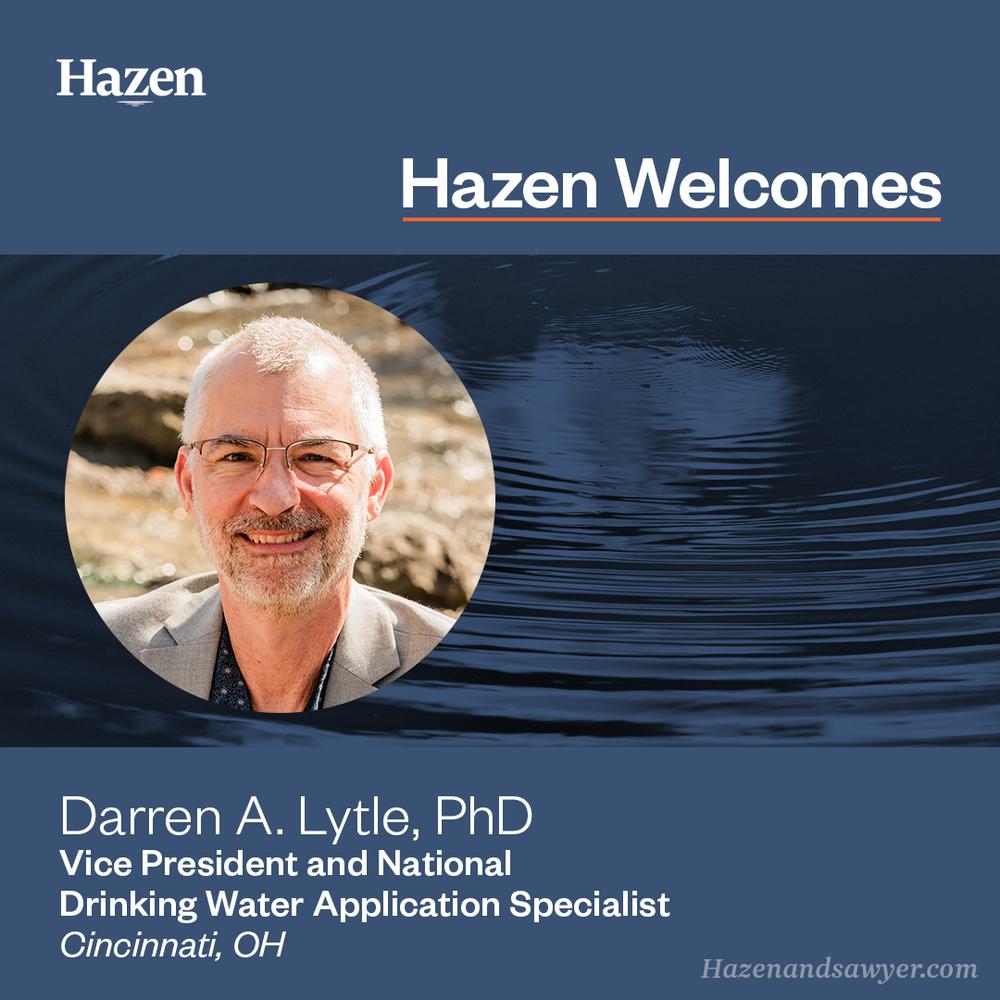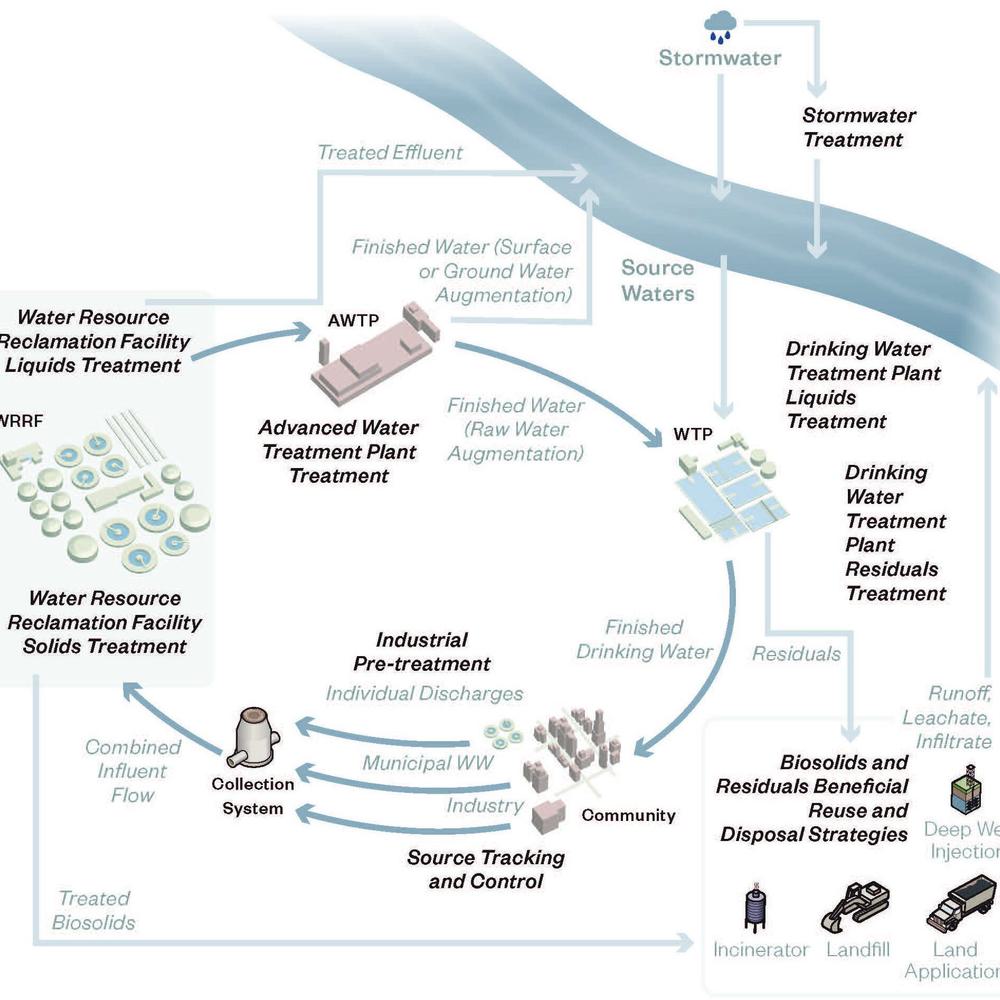Developing Calibrated Jar Testing Procedure to Optimize Coagulation
Last Modified Dec 29, 2022
The Beaufort-Jasper Water and Sewer Authority (BJWSA) operates a water distribution system supplied primarily by two Water Treatment Plants (WTPs). The primary raw water source for both WTPs is the Savannah River. The river is pumped into an open canal that conveys the water to the WTPs. Some algae growth/algae bloom can be observed in the canal that conveys the water from Savannah River to WTPs.
Algae blooms experienced in summer months can lead to treatment challenges and process upsets at the WTPs. During the episodes, there can be an increase in organics and turbidity levels of the clarifier effluents that could lead to treatment challenges. During these and other treatment challenges, the treatment process conditions (i.e., coagulant dose, pH) may require adjustments to maintain stable finished water quality.
Related Topics:
Jar testing with a calibrated jar test procedure can be used to quickly investigate impacts of coagulant dose and pH on removal of turbidity and organics. It is a useful tool for operators to identify mitigation strategies during process challenges and optimize treatment during more stable water quality periods.
The objective of this study was to perform bench-scale testing at BJWSA’s WTPs to develop a calibrated jar testing procedure and investigate potential water quality improvements that could be achieved with treatment adjustments. These process adjustments aim to utilize existing treatment process to the greatest extent possible for optimal performance and achieve treatment objectives. To build plant-match calibrated jar test procedure, bench-scale testing was performed, with the objective of matching WTP’s removal of turbidity and organic matter during coagulation/ flocculation/ sedimentation. Once calibrated, the jar test procedure was utilized to investigate the effect of coagulant dose, alternative polymers and doses, and different mixing speeds on the removal of turbidity and organic matter.
Based on the results of the jar test, the optimal pH for removal of both organics and turbidity was ~6.2. It was also observed that rather than a high dose of alum with lime addition, a lower alum dose without lime addition would maintain a comparable effluent. This can potentially reduce the chemical feed doses and associated costs with coagulation.
This presentation will review: (i) some of the plant operations prior to the jar testing, (ii) the approach utilized for calibrated jar testing procedure and its findings, and (iii) the changes implemented by BJWSA staff based on the findings of jar tests.











